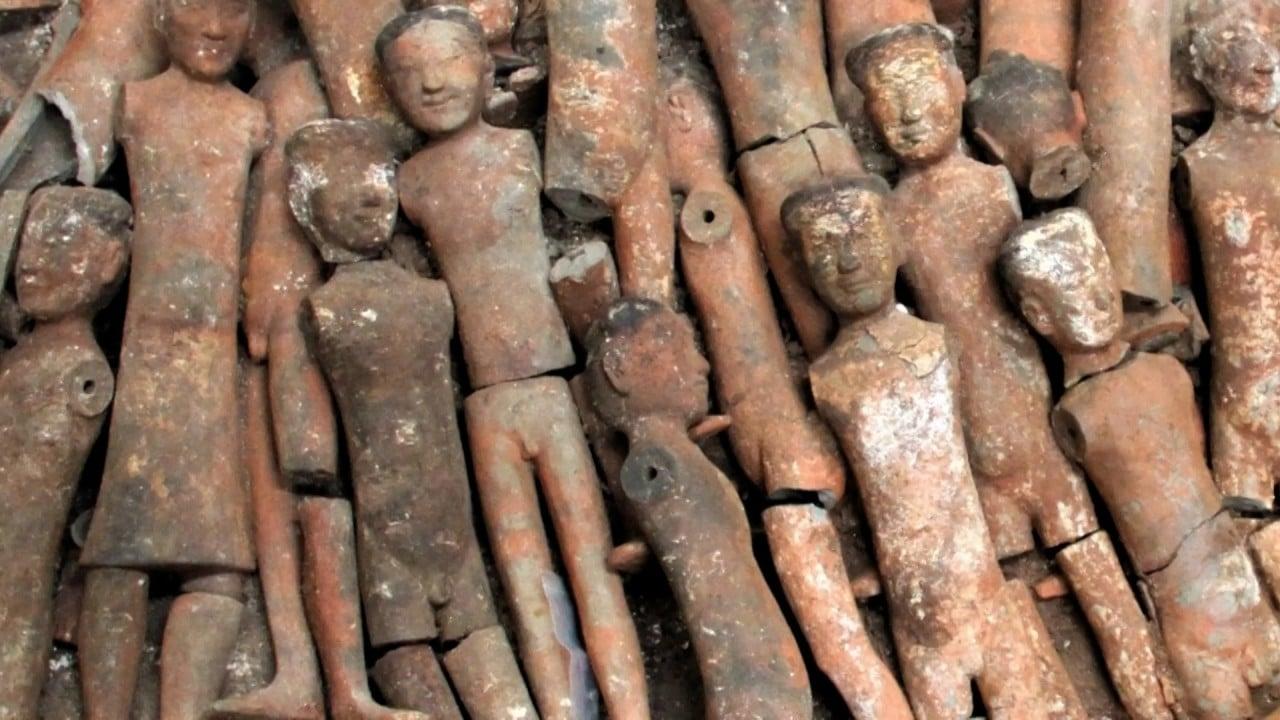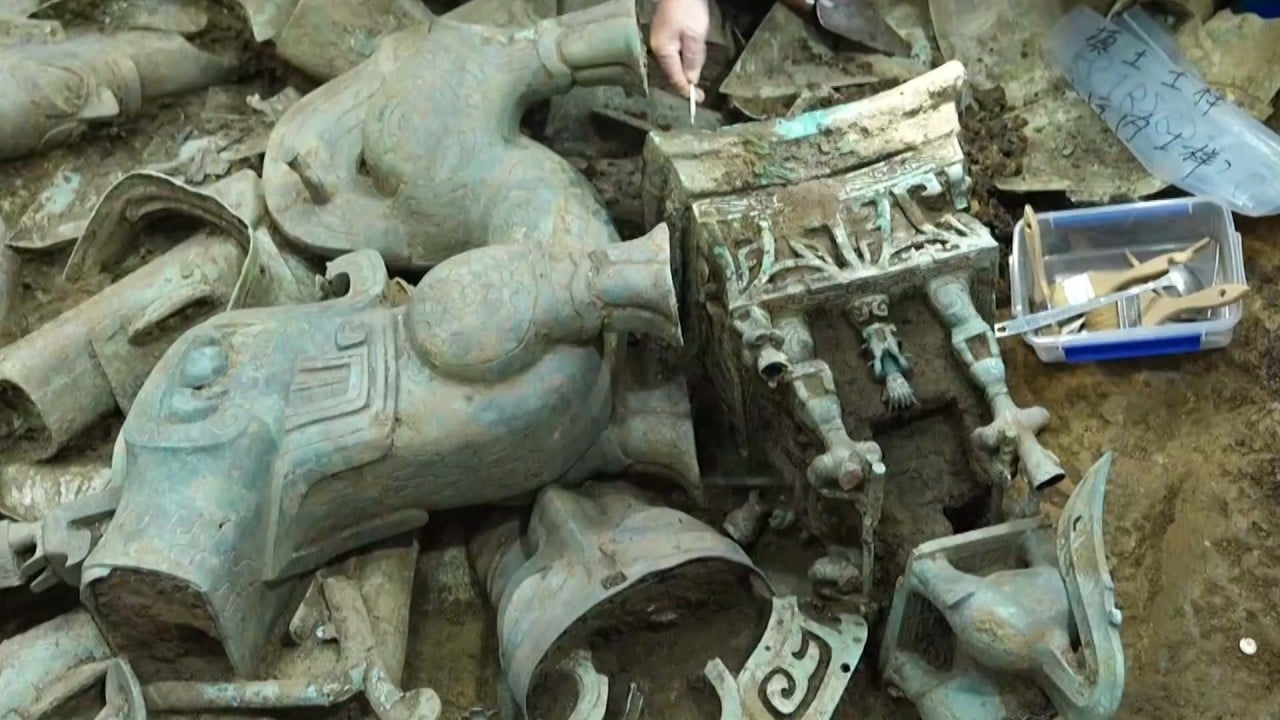
However, the Xiongnu did not have a writing system, and much of what is known about them was written and passed down by its political rival, the Han dynasty ruling China.
The Han Chinese “repeatedly and dismissively” characterised the Xiongnu Empire as a “simple body” of nomadic elites, and many aspects of the political constituencies and social organisation remain unknown, according to the paper’s authors.
Previous studies have discovered a high level of genetic diversity across the Xiongnu Empire, which supported the claim that the empire was a “multiethnic, multicultural and multilingual entity”.
But scientists do not know if the diversity within the empire was made up of groups of people similar to each other within their own communities or if each community was internally diverse.
Juhyeon Lee, first author of the study and a PhD student at Seoul National University, said the authors wanted to know “how such genetic diversity was structured at different social and political scales, as well as in relation to power, wealth and gender”.
They conducted an intensive genome-wide archaeogenetic investigation of two Xiongnu cemeteries – one high-status cemetery and one low-status cemetery – in Mongolia, and generated data for 19 individuals from the two cemeteries.
The researchers found that both the empire as a whole and its local communities had high levels of genetic diversity, and the lowest-status individuals showed the greatest genetic diversity, suggesting they might have originated from distant parts of the empire.
“This further suggests the existence of an aristocracy in the Xiongnu Empire, that elite status and power was concentrated within specific subsets of the broader population,” the study said.
“The high genetic diversity found among the Xiongnu during all periods prevents any meaningful attempt to define a ‘representative’ Xiongnu genetic profile,” it added.
Moreover, Bryan Miller, study co-author and assistant professor at the University of Michigan, said the study found women played an important role in the Xiongnu Empire.
“Our archaeogenetics investigations demonstrated that in places like the western frontier, women played a significant role in long-distance interactions and kin alliances, and were active agents of empire who took on key political roles within far flung communities,” he said.
At the aristocratic elite cemetery, the authors found tombs containing the remains of adult women buried in decorated wood-plank coffins with horses, sheep, golden discs and crescent items representing the sun and moon, and Chinese bronze chariot pieces.
And at the local elite cemetery, they discovered the highest-status graves contained adult females buried in wood-plank coffins. The remains in the graves included a disassembled wooden cart, a Chinese mirror fragment and many livestock remains.
“Our results confirm the long-standing nomadic tradition of elite princesses playing critical roles in the political and economic life of the empires, especially in periphery regions – a tradition that began with the Xiongnu and continued more than a thousand years later under the Mongol Empire,” study co-author Jamsranjav Bayarsaikhan said.
“While history has at times dismissed nomadic empires as fragile and short, their strong traditions have never been broken,” said Bayarsaikhan, a postdoctoral researcher with the Max Planck Institute of Geoanthropology in Germany.
Meanwhile, the authors also identified “a pattern of gendering in Xiongnu society that began late in childhood, most notably with older boys bearing archery equipment”, Miller said.
According to the study, at the local elite cemetery, adolescents as young as 11 years old were buried with a bow and arrows.


